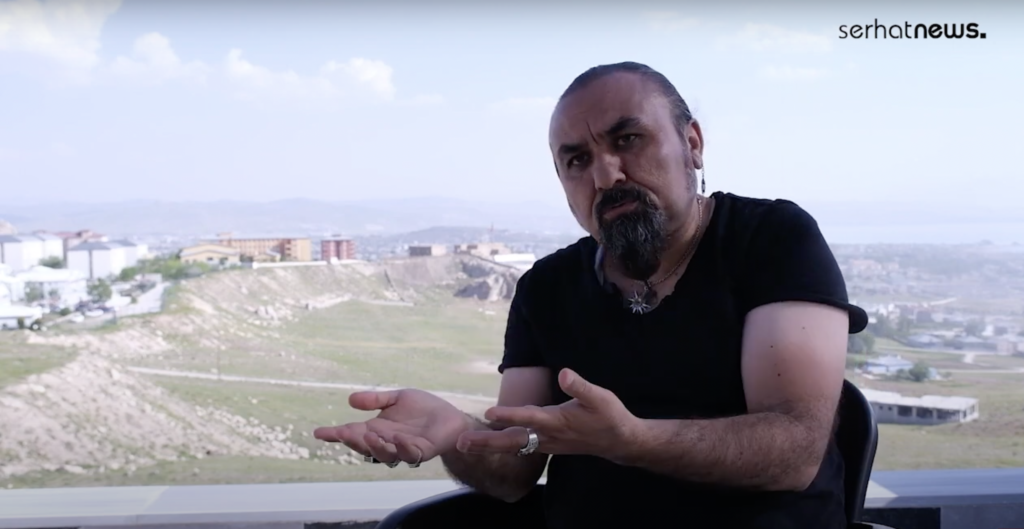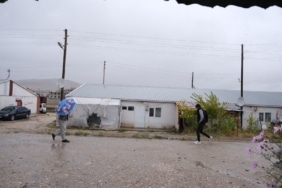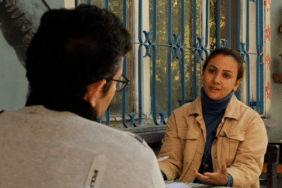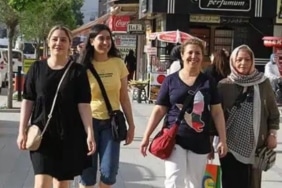Stating that many plants collected in the Van mountains are facing extinction, an academician at Yüzüncü Yıl University, Plant Scientist Mehmet Fırat, started to establish the largest plant museum in the region as an alternative solution. He says that the state should also roll up its sleeves for plants that are about to die out.
Mehmet Fırat, an academician of Yüzüncü Yıl University, warns; Grasses collected from the mountains, seen as a new source of bread and economic problems, may face extinction as they continue to be collected unconsciously. Many plants, especially used for edible and herbed cheese, began to decline seriously due to uprooting. While some plants that were seen on the streets were not found in the past, the decrease in some of the plants found was also reflected in the prices.
Against all these problems, Fırat started to establish the largest plant museum of the region as an alternative solution. As Serhat News, we asked about the risk of extinction of plants and the works of the Middle East’s largest Herbarium, namely the plant museum, which will be operational in the near future: “I have collected 37 thousand plant samples so far. In the future, we will also have things to collect as sample exchanges from all over the world. This will be a science and culture center where foreigners and scientists will come and go.”
Some plants around Van are becoming extinct, is that true? If true, what is the reason?
In fact, there are extinct plants not only in Van, but also in Van and its surroundings, and a plant does not become extinct in a day, but some plants that our people collect for use are facing extinction. It takes millions of years for plants to speciate, that is, to complete their evolutionary process, and the plants that performed the latest speciation, which we call polyplo, are at least a century old. The extinction of the species is caused by people grazing, fire, collecting beets and consuming them unconsciously, apart from situations such as disasters or ice ages.
The opening of roads, dams, quarries, marble quarries, that is, environmental massacres can all destroy plant species. At the moment, the biggest problem in Van, in my opinion, is related to the collection of these beets in nature.
Is there a danger of extinction of the species used as beet in the Van region in the future, and do you have any suggestions to our people about this?
There is definitely. First of all, people should definitely feed on plants. Two things that already have nutritional value are meat and grass. There are wheat and chickpeas in the grass because they are plants after all. Therefore, people will of course be fed, and you cannot prevent this in nature anyway. However, we have a problem; we have to provide courses and trainings to our people, if necessary, through the ministry, the governorship, the headman’s office, the village elders’ committee. Our ancestors were aware of it, but the peasant was not very aware of it. The new generation does not know this job very well and is removing the plant from its root. Most of the time, and when you uproot the plant, the danger of extinction of the plants is very high. For this, please our viewers and readers should know that if you want to consume a beet in nature, which you definitely do, and this is very beneficial, let’s cut the leaf and stem part or the seed part if it is a seed.
For example, if there are 100 plants in the population you go to, my brother, take 30 of them and keep 70 so that they will give seeds next year. Another thing is to change the regions. For example, if you are working on the south side when you go to the mountain to collect plants, next year collect the north instead of the south side. In this way, the plant will also rest, recover, and its yield will be even more abundant. For the sake of the future, it will not perish and the next generation will not starve. There are also commercial concerns of our people, most of them do not know this. Let me say it again, it has to be controlled by the state. For example, Uçkun… A horribly consumed plant is beautiful, but it must be collected in a controlled manner.
How many plant species have you discovered in Van so far?
The 13-14 I have discovered so far in Van, but the ones I have published are 4 species. One of them is Astragalus Bahçesarayensis (Bahçesaray Geveni), which we published as a master thesis. The people of Bahcesaray call him “Sisno” in Kurdish. It is a very special plant. It grows at 3200-3400 altitudes of Kavussahap mountains. In the following years, we published the plant called Lofantus Tursikus from Krapit Pass. There is a plant species from Agiro mountain that I call Sirene Miksensis. The old name of Bahçesaray was Miks, when Armenians lived, they called it “Muküs”. I preferred the name Miksensis, preferring the Kurdish language.
Currently, although my work continues, there is a plant species that I would like to name, for example, Faqiye Teyran.
and it’s about to expire. Again, there is Haseni Meri, a great scholar, and there are species I want to name. There is a wild garlic we found in the steppes of the mountainous part of the Güzeldere Pass from Hoşap to Van. I named this wild garlic Hosap and it was published in 2017.
What can you say about the plant museum you want to bring to life?
I’ve had a dream for 20-odd years and I’m in the process of making this dream come true. Currently, I have built the largest Herbarium in the Middle East, namely the plant museum, with an area of 840 square meters. Its construction still continues. In the future, I will make my own special herbarium where 500 thousand plant specimens will be exhibited. It will be the first example in Turkey. There are several examples in the world. Other museums are affiliated with institutions, but they will continue to be designed on my own behalf and after me. Right now, we are at the terrace of my dreamed Herbarium, where you see and talk to. Of course, it is still under construction and I plan to finish it in 1 or 5 years, since it is a place that I made with my own means. So far, I have collected 37 thousand plant samples. In the future, we will also have things to collect as sample exchanges from all over the world. This will be a science and culture center where foreigners and scientists will visit, and a place where they will do their scientific studies by looking at the course of Lake Van. My dream has come true, which I feel will bring the Herbanium Museum to life before I die.
News: Neslihan Arzum
Translator: Akif Coşkun
Serhat News

















